Creative Distance
Posted on September 9, 2021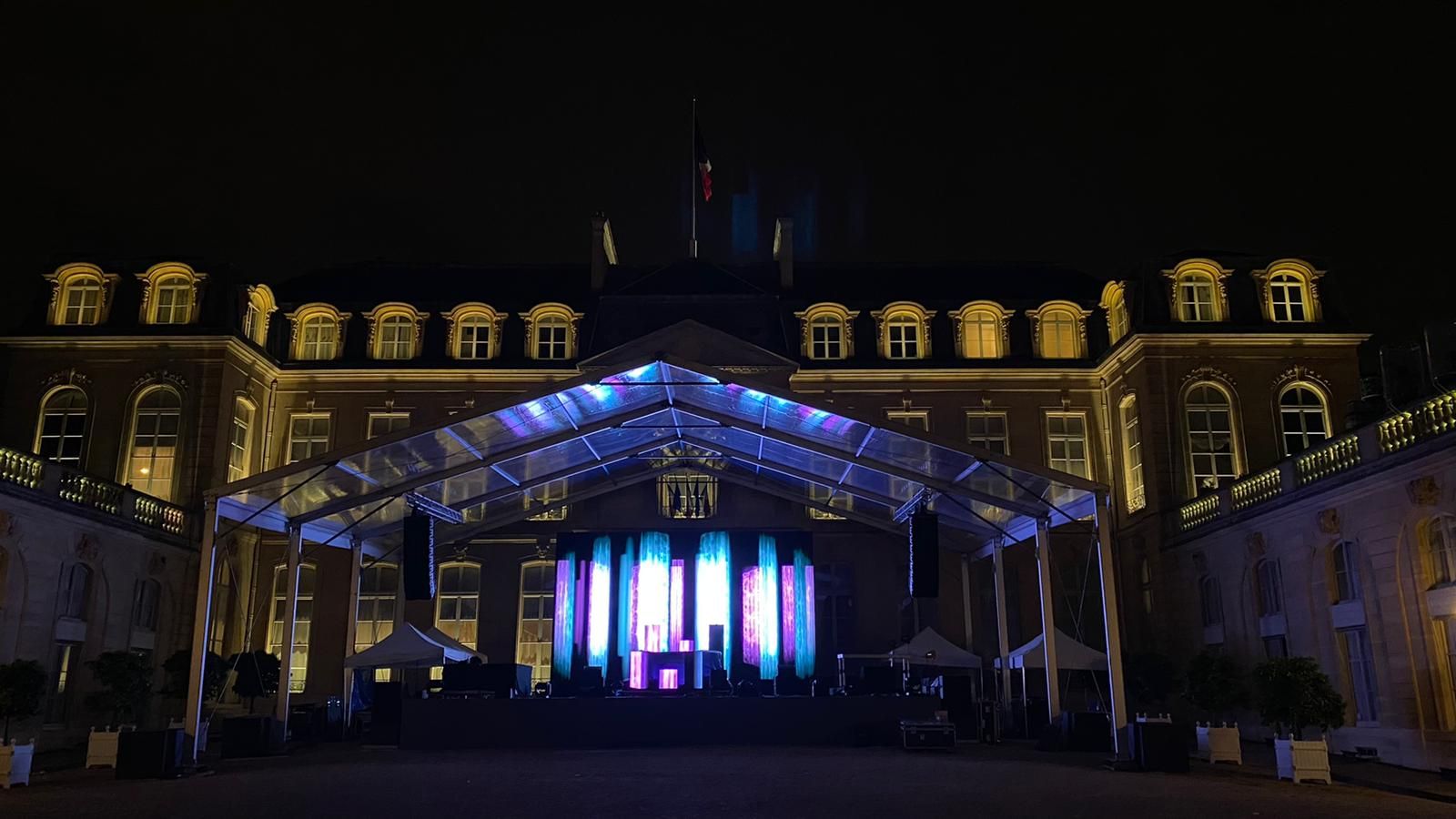
Paris lies over 850 kilometers from Edinburgh, Scotland. Yet Jvan Morandi never came any closer to the city of lights when he lit a concert this summer by electronic music pioneer Jean Michel Jarre at Palais de L’Elysee.
Relying on close collaboration with his on-the-ground partner Jordan Babev, he made extensive use of programming and remote communications tools to create an exquisitely detailed design even though he had not visited the site for this project (though he was familiar with the French presidential residence.)
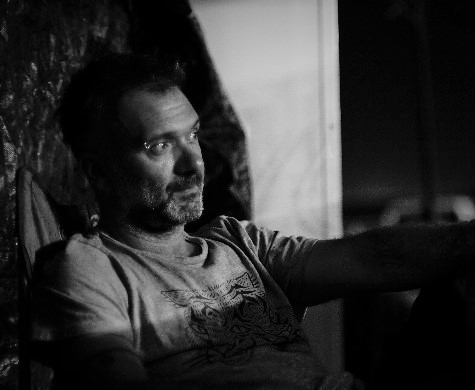 Impressed with this achievement, we contacted Morandi, a widely acclaimed Italian-born designer/programmer, now living in Scotland, to discuss the process of remote lighting projects and the long term implications it has for this industry. The owner of Placing Shadows, Morandi shared his insights into this topic with us.
Impressed with this achievement, we contacted Morandi, a widely acclaimed Italian-born designer/programmer, now living in Scotland, to discuss the process of remote lighting projects and the long term implications it has for this industry. The owner of Placing Shadows, Morandi shared his insights into this topic with us.
Recently, we saw the beautiful project you did at Palais de L’Elysee. That, of course is in Paris. Yet you worked entirely from Edinburgh, Scotland. How did you accomplish that?
“I designed the stage show set up and dealt with all the pre-production and time coded programming with my partner Jordan Babev, who is based in Milan. I worked remotely from Scotland and coordinated the project with him in Paris along with our production crew. The reason for me going remote in the Paris job was due to the impossible travel arrangements because of COVID restrictions and quarantine.
“Jordan and I have collaborated for the past six or seven years and even before Covid, we already established a remote working workflow. Since Covid we have increased the technology needed to improve our remote working. For remote projects, we use the following: One – VPN based tunnel networks to transmit ArtNet, TC, Audio or MaNet over remote networks. Two – Version Control and Dropbox based file sharing with collaborative tools like Slack or BaseCamp. In 2020 and 2021, most of my projects have been 50 to 100 percent remote.”
You mentioned collaborating for the past six or seven years, so you worked remotely before the pandemic?
“Yes. Working mainly on touring shows, the remote component has always been there. We
just had to step it up to cope with the current situation.”
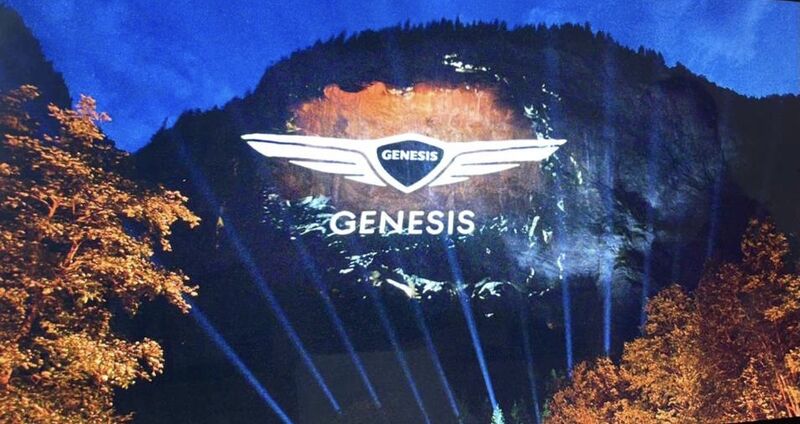
Every road has its dangerous curves, is there any particular mistake or oversight that you have to be extra careful about when working remotely?
“Never assume anything. Assumption is the mother of all problems! Generally clear communication and goal setting – plus scheduling, is extremely important working in remote teams.”
Are there any other challenges involved in working remotely?
“The main challenge is to keep every member of your team on the same page for the entire project. Following the trajectory of the project together keeps the vibe happy and exciting. However, it is not always easy when you just see each other as talking heads on Zoom or Slack.”
Are there any actual advantages of designing remotely? Does it, in an ironic way, free you from distractions so your work is distilled down to the purest design elements?
“I must say that there is some truth in your statement. By working remotely, you can concentrate more on the project without the political/personal component being too heavy. But at the same time you, lose the ‘happy accidents’ that always happen during a face to face working day. This is something that I miss when working remotely.”
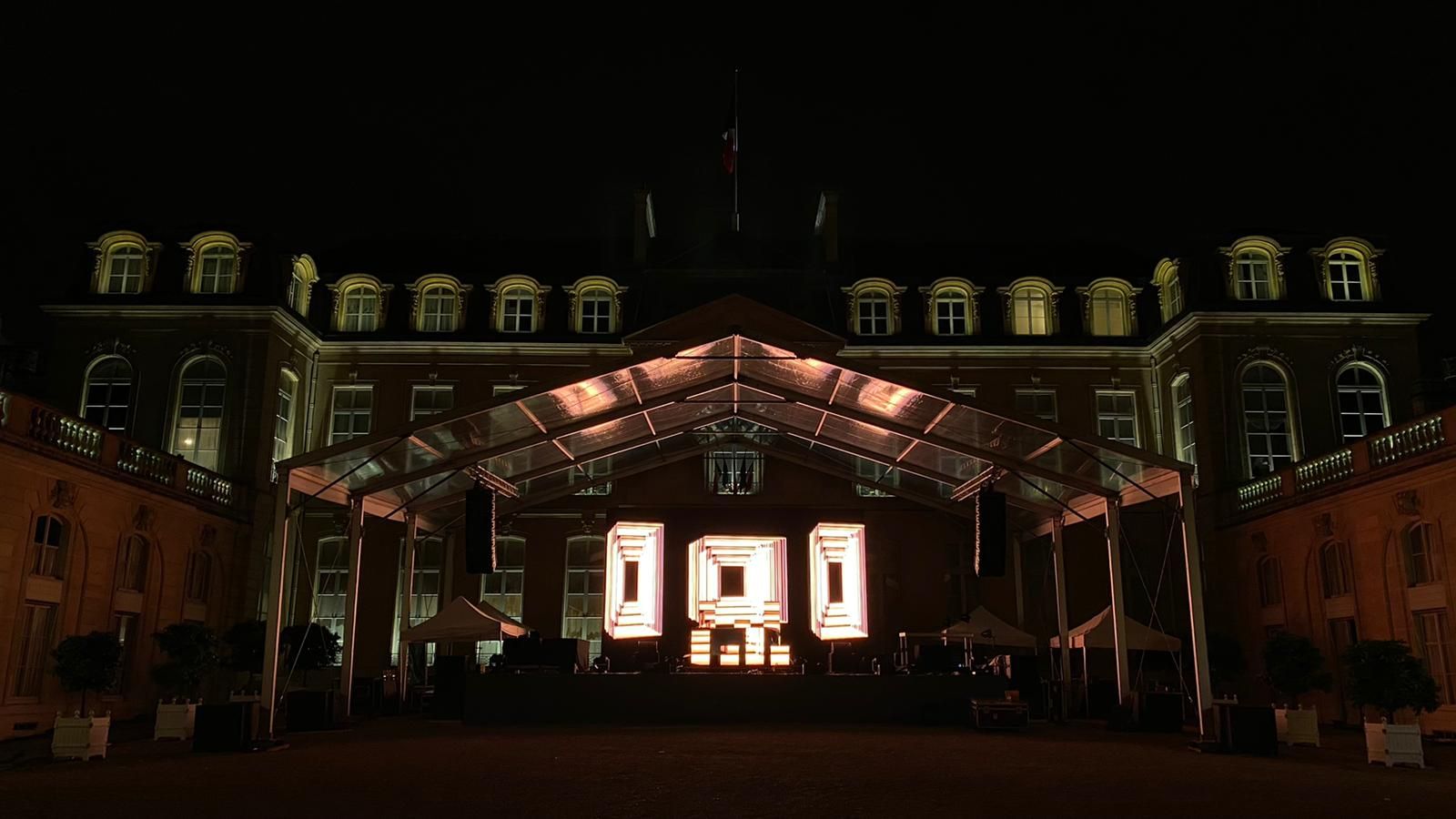
Communications with your client must be extra important when working remotely. Any advice on this subject?
“Yes! , Pre-visualization needs to be stepped up to a much higher level. In our case, we make sure to use all of the available tools in 3D and pre-vis and game engines to reach this level.
Now that lockdown restrictions are easing, do you think there will be less working remotely? Or is remote work going to become a permanent part of the industry?
“I feel that the remote component will stay in one form or another; just like Zoom calls will stay as a time/cost saving option to live meetings. For example my Paris project was followed by another remote one: the launch of Genesis Car Brand in the Swiss Alps.”
How does remote designing compare to remote programming? Is one more difficult than the other?
“Remote design is about workflow and communication. Remote programming depends a lot on the technology available and your expertise in network fields.”
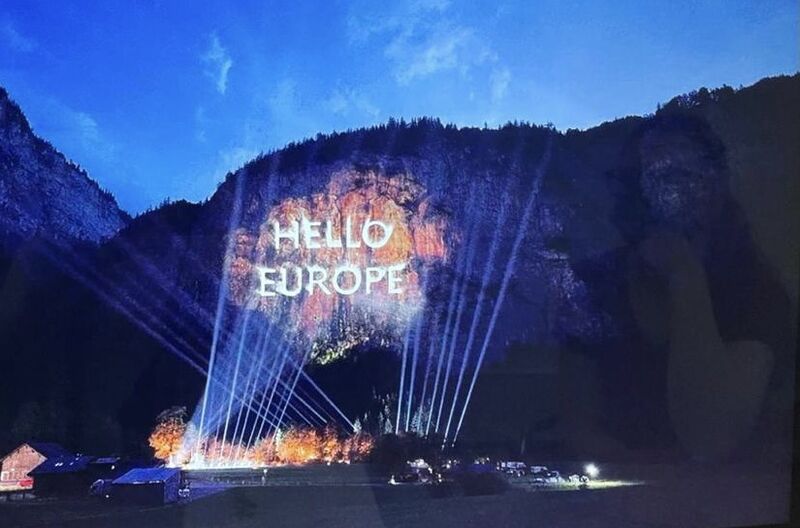
What advice would you give to an industry colleague who is working remotely for the first time?
“Start with small and very precise goals, then build from there. Don’t try to do it all in new ways that rely heavily on technology that could let you down any minute. Also, remember Murphy’s law: what can go wrong… will go wrong.”